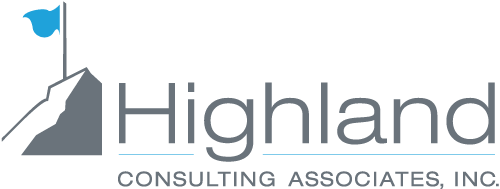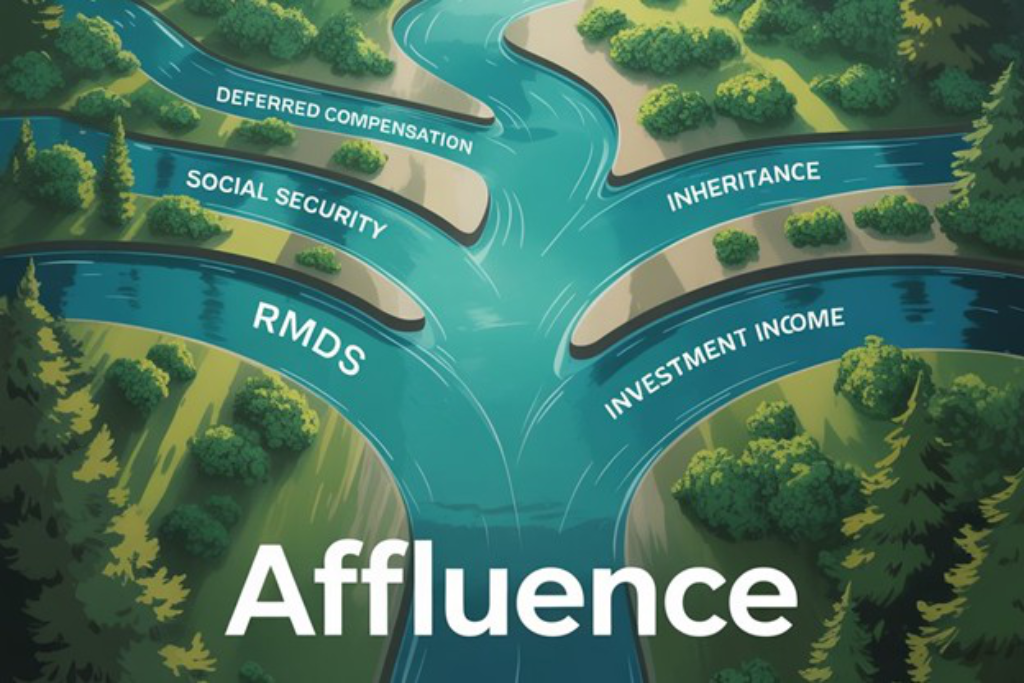Building a MODEL Investment Committee

The composition of the investment committee is as important as the development of a nonprofit’s investment policy and its portfolio design. Without thoughtful and intentional planning, the committee appointed to expand a nonprofit’s influence and reach can sometimes encumber the organization and limit its impact—an outcome to which no one aspires.
Using MODEL as an acronym helps us consider the essential elements for building an effective investment committee.
Membership
The size of the committee can either improve its agility or slow it considerably. Our experience suggests seven or fewer members tends to work best, keeping in mind that an odd number of formal voting members will ensure the committee’s never locked in the stalemate of a tied vote.
Optimal Term
Closely related to the number of committee members is the preferred length of service. The opportunity to serve should be limited to two, three-year terms, with, at a minimum, a year’s break before a member can serve again. (In addition, a term renewal for that member should require a committee vote.) The three year term allows a member to develop proficiency over time as senior members mentor junior members.
Term limits help to reduce complacency and fatigue and curb the decision-making domination of one long-standing member over more recent appointees. A regular influx of new members resulting from term limits protects against stagnation and encourages the flow of new ideas.
Diversity
Often investment committees can benefit by resembling the very organization they are appointed to represent. Committees may lack the diversity in gender, age, ability, race and ethnicity that makes for robust discussion among a heterogeneous group who reflect the broader community. This missed opportunity can be more pronounced in organizations with larger asset pools that attract investment professionals, but less likely to have members with direct community involvement and awareness.
To this point, a recent BoardSource report revealed that nonprofit boards (not exclusively investment committees) are no more racially and ethnically diverse than they were two years ago and, more surprisingly, little changed from when the survey was first conducted in 1994. The report summarized simply that “a board’s composition is a reflection of its values.”
Expertise and Engagement
Diversity also encompasses the breadth of expertise and experience on a committee. This includes participation of members with financial services backgrounds and those without. Look for experience that is complementary and anticipate the gaps in experience that could arise when terms of service expire.
While it’s the norm that some members will be investment and financial services professionals, the complement to them are members with expertise in nonprofit programming. These members understand the pressures of meeting community needs and meeting payroll. Consider additional backgrounds that have direct community involvement and are close to your cause.
As a final note here, it’s important to know if any members have formal ties to a brokerage or bank, remembering that impartiality is a fundamental fiduciary responsibility.
Engagement is the expectation that every member should be fully involved during their time of service: attending meetings, active in discussion and offering their informed perspective. Their engagement should be met with an equally engaged nonprofit support staff, providing necessary materials ahead of time, establishing the right frequency of meetings and running them efficiently. Establishing a quarterly meeting calendar serves both committee members and nonprofits well.
Beyond meetings, fully engaged members often serve an ambassadorial role, too, taking part in fundraising and community outreach.
Legacy
While the term of the committee members may be limited, their contributions are not. Member service and advocacy ensures the vitality of the organization far into the future.
A model investment committee will be composed of members who share a common passion for the organization and its mission. Stoking that passion is an ongoing objective that should be an organizational priority and one that can be accomplished by regularly sharing the stories of lives forever changed in the communities the organization serves.
With this testimony, everyone – the organization, its donors, and the board and investment committee – reaps the reward of strategic investment for the greater good.
Highland Consulting Associates is celebrating its 25th year of serving our clients with objective, conflict-free counsel. Call us if you’d like to discuss your goals for your organization’s investments.



